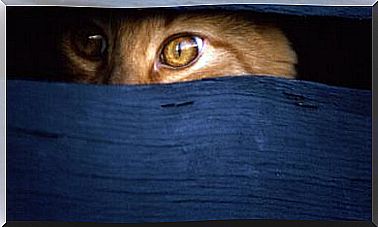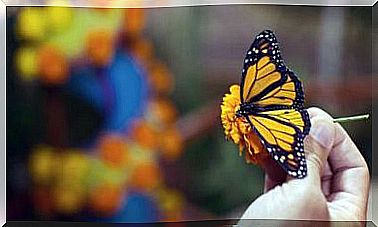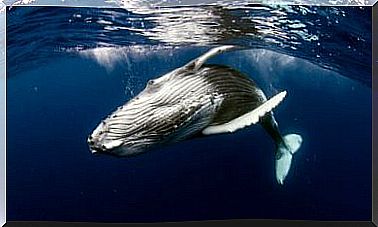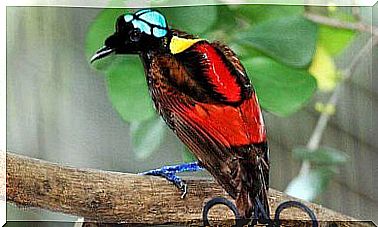Let’s Discover The Fauna Of Southeast Asia
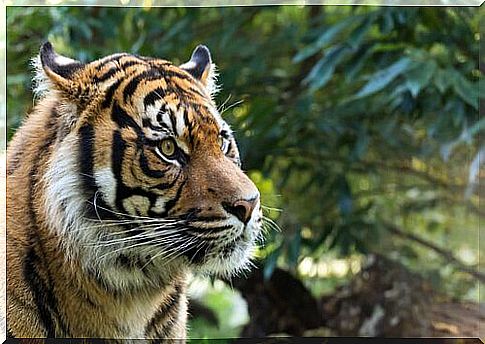
The fauna of Southeast Asia is quite diverse. This region of the planet, increasingly popular with tourists looking for low-cost adventures in total contact with nature, is the habitat of thousands of truly incredible animals and plants. If you want to exper and king fauna of South-East Asia and its most characteristic species, do not miss this interesting article.
What is the fauna of Southeast Asia like?
The so-called “Southeast Asia” is an area comprising several countries and islands between eastern India, southern China and northern Australia. Including Thailand, Philippines, Vietnam, Bali, Java, Borneo, Singapore and Indochina.
It is one of the places with the greatest biodiversity in the world, since here it is possible to find mammals, birds, crustaceans, insects, reptiles, amphibians and arachnids.
Within the fauna of Southeast Asia, there are 5 animals that you absolutely cannot miss :
1. Sumatran tiger
It is a feline endemic to this island of Indonesia and its population does not exceed 500 specimens, which live distributed among five national parks. It is the smallest of the tigers after the disappearance of those of Java and Bali. It measures around 230 centimeters and weighs around 100 kilos.
The stripes of the Sumatran tiger – in the photo that opens this article – are thinner than its “relatives”. This predator is also an excellent swimmer, due to special membranes present between the toes of the paws.
It lives both in the forest and in the mountains, it feeds on wild boar, deer, fish, birds and even crocodiles. Generally, he goes hunting at night.
They are animals with solitary habits and create pairs or groups only during the mating season.
Females can give birth to two to three cubs and the pregnancy lasts about 100 days. The puppies are independent and move away after 24 months. Their life expectancy is around 15 years.
2. Bornean crested pheasant
It lives in low-lying rainforests on the island of Borneo and is one of the many birds that make up wildlife in Southeast Asia. Females have coppery feathers and bluish heads, while males have dark blue plumage, with an orange tail and chest and blue head.
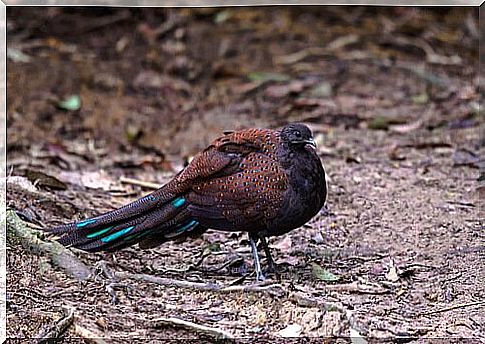
To woo the female, the male flaps his wings and leaps as he utters loud screams and puffs up his face to look bigger. During the mating season, the pair hatch four to eight eggs for 25 days. At birth, the chicks have no feathers.
3. Tomistoma
Also called false gharial, it is a river crocodile, typical of Indonesia and Malaysia. With a green body, black spots and a length of up to four meters, this reptile has a long, stout tail.
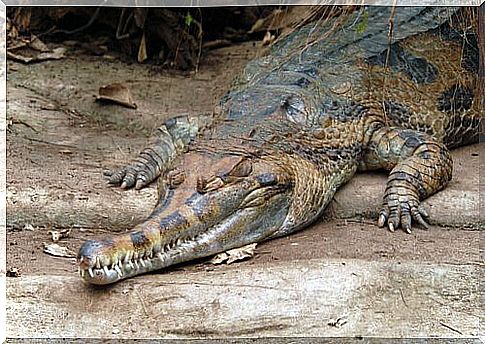
It feeds on small vertebrates, bats and animals such as deer and rodents. The tomistona is a threatened species due to the drainage of rivers and swamps, as well as poaching due to its skin and flesh, considered a delicacy in this part of the world.
4. Malayan giant tortoise
It lives in large swamps, lakes and rivers of calm and fresh water.It is the largest in all of Southeast Asia and has a gray head, with strong jaws and a long snout. Its carapace is oval and smooth, both black and brown in color, and expands to allow for breathing as the tortoise plunges into the water.
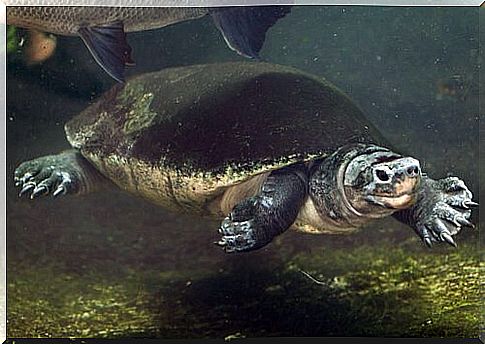
The females of this turtle lay large oval eggs on the banks of rivers once they have dug their nest with their hind legs.
The incubation lasts from 120 to 130 days. They can live between 25 and 30 years and feed on aquatic plants, insects and fruits.
5. Bornean orangutan
This species is endemic to the island of Borneo in Indonesia and there are currently around 45,000 specimens in the wild. However, its population has been reduced by hunting, illegal puppy trafficking, forest destruction and fires.
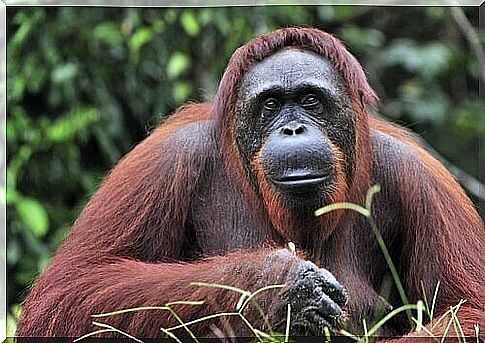
It is a large arboreal mammal, endowed with a sturdy body, long arms and short legs, with prehensile fingers that allow them to move between the branches with extraordinary agility. It usually does not go down to the ground and when it does, it only walks on its hind legs.
The Bornean orangutan is a solitary animal after weaning – which takes place after the age of eight – and can have up to five offspring in its entire life. Dominant males have a wider “mask” on the sides of the face, which begins to grow around 12 years of age.
Did you like the fauna of Southeast Asia?
